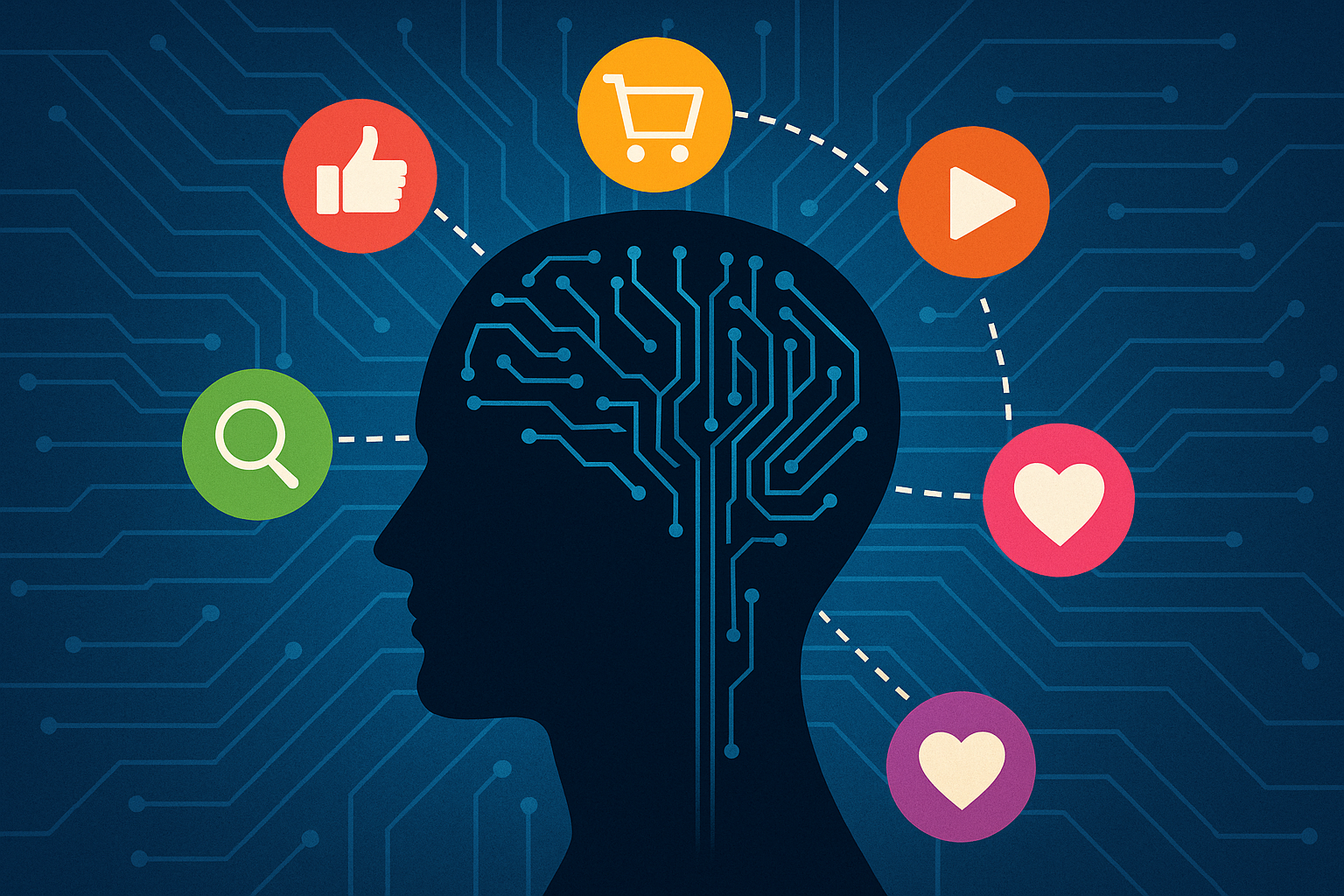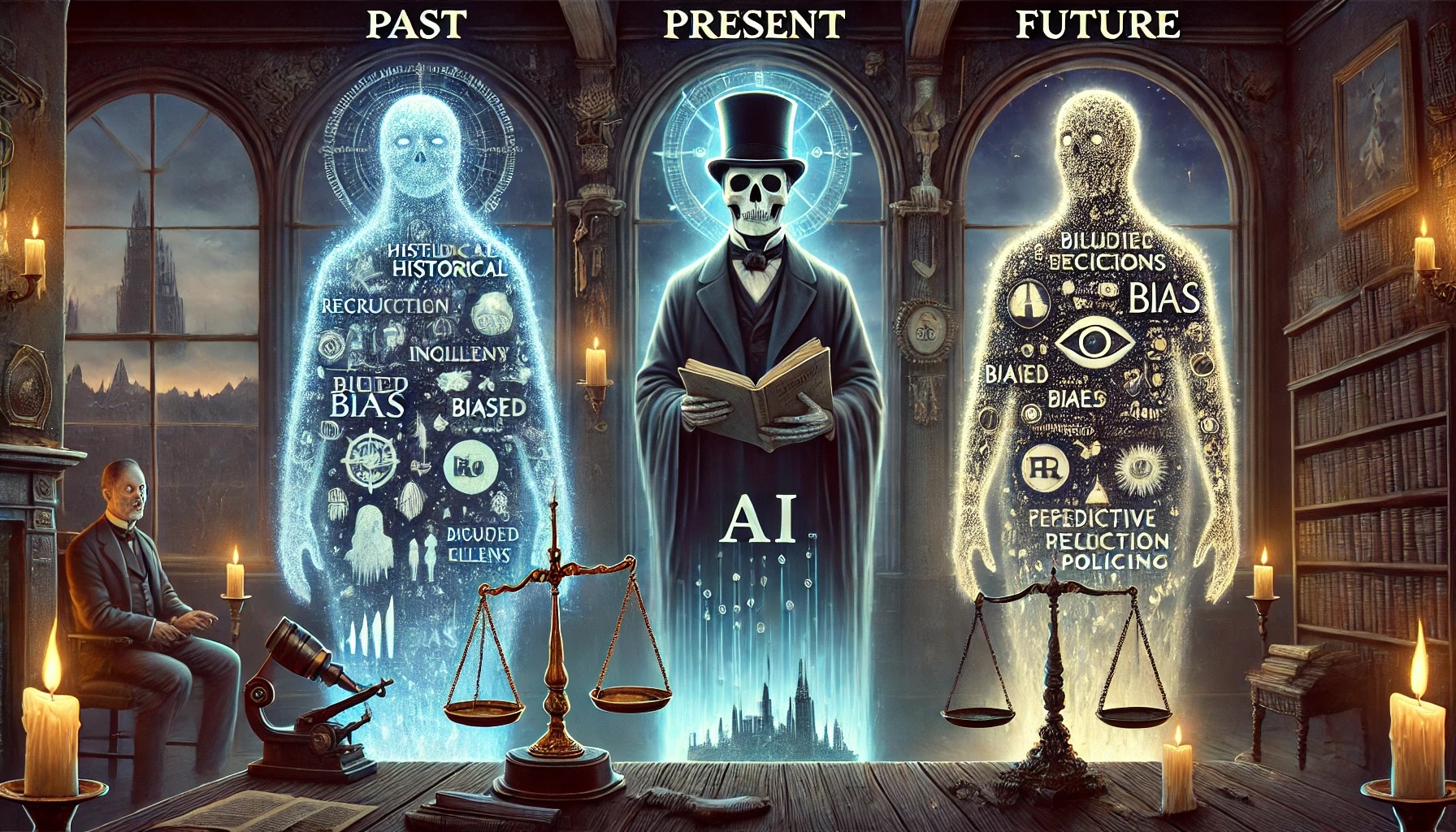How Age Bias Harms Us and Our Workplace
More than ever, companies and communities alike are beginning to address conscious and unconscious biases. Race. Gender. Sexual Orientation. Class. Culture. Biases in these forms are acknowledged as overtly wrong and worth addressing in society and in the workplace. But there is one bias that generally flies under the radar: Age Bias.
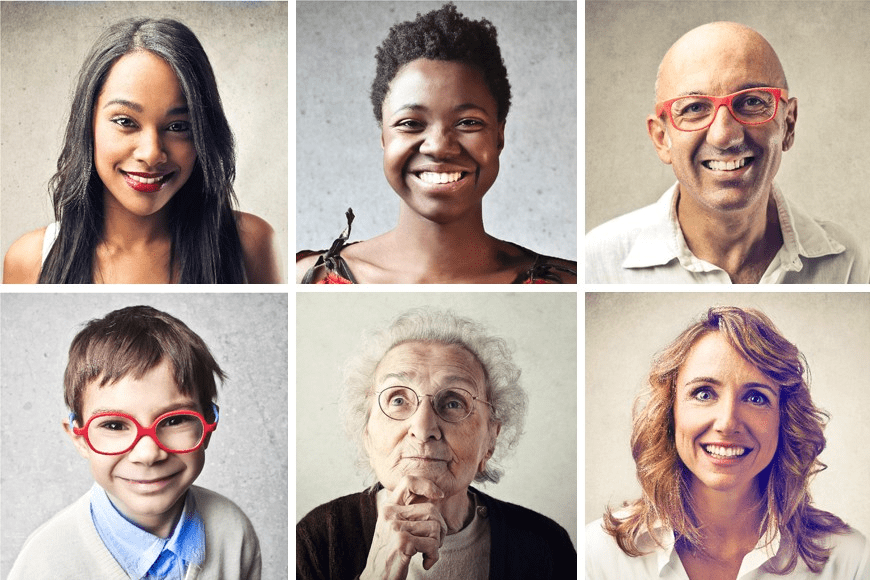
Age Bias, or “Ageism”, is defined as the “stereotyping and/or discrimination against individuals or groups on the basis of their age.” Like other forms of bias, age bias can be implicit or explicit. Casual or systemic. What is especially unique about age bias is that it impacts everyone in some form and it evolves over time. You may already be associating age bias with something negative about getting old. This anti-aging bias is so embedded into American culture, that our thinking automatically associates getting older as implicitly negative.
Outside of death, no one can escape the aging process. For women, the age bias can have an even greater impact. Women have long been shamed for growing older. Age Bias in Hollywood and in the media – notably for women – permeates across all aspects of our lives. 1 in 5 women under 24 years old cite using “anti-wrinkle” products. And Tinder, the largest dating app, charged people over the age of 29 more for membership than those under the age of 29.
In Tech, age bias is well documented and glaringly obvious. In fact, age is cited as the number one bias in tech culture. A study by the University of Gothenburg found that tech workers over 35-years-old are considered “old” by the industry. So it’s no surprise that 89% of tech founders say older people face discrimination in tech, followed by gender. In a 2017 Indeed survey, 43 percent of tech workers said that they fear losing their job because of their age. And the concern is justified.
It can be shocking to experience age bias for the first time.
There will come a day when you realize you’re no longer viewed as young. Perhaps it’s the first time you realize people younger than you see you differently. Perhaps it’s a reference to a formative event. A joke. A phrase. A hairstyle. Or a favorite band. At some point, society starts to treat us as older than we think we are. This dynamic can be profoundly awakening when you experience it in the workplace.
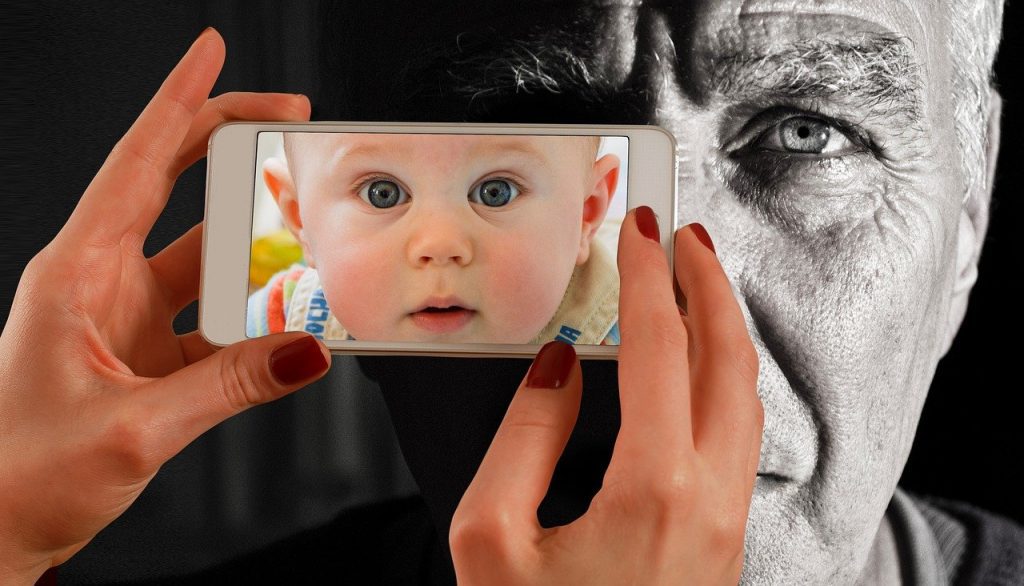
In 2017, I found myself at a crossroads in my career. I had spent the better part of 20 years following a common career trajectory in tech. I started at a large tech company, learned the ropes, and moved to smaller and smaller firms, taking on greater and greater responsibilities. I assumed this pattern would persist throughout my career. Instead, In 2017, I left the toxic company I was working for and planned to rapidly take my two decades of experience to work within a new company. But this time, something was different. This time, I no longer carried the “under 40” status. Because of my qualifications, I was brought in for interviews as a matter of protocol, but inevitably, a younger, internal candidate would fill the higher-level position. While many other variables were at play, age bias undoubtedly played a leading role.
Coming face-to-face with age bias hurt. But it also is what catapulted me into taking my work with Percipio full time. Realizing that I had more days behind me than ahead of me was simultaneously a gut punch and the liberation I needed. With age comes wisdom, courage, perspective, experience, and valuable, diverse relationships. In hindsight, embracing my age played a vital role in my ability to expand the Percipio Company and do this incredibly important and meaningful work every day.
The Generational Divide & Its Impact on the Workplace
This is the first time in modern history that five different named generations are working together. Pew Research has broken down generations from the largest to smallest workforce segments today: Millennials, or Generation Y (born 1981 through 1996), make up 35 percent of the workforce. The oldest members of this cohort turn 39 this year. Generation X (born 1965 through 1980) accounts for 33 percent of the workforce. The oldest turn 55 this year. Baby Boomers (born 1946 through 1964) represent 25 percent of the workforce. The oldest turn 74 this year. Generation Z (born 1997 through 2012) accounts for 5 percent of the workforce. The oldest turn 23 this year. The Silent Generation (born 1928 through 1945) makes up just 2 percent of the workforce. The oldest turn 92 this year.
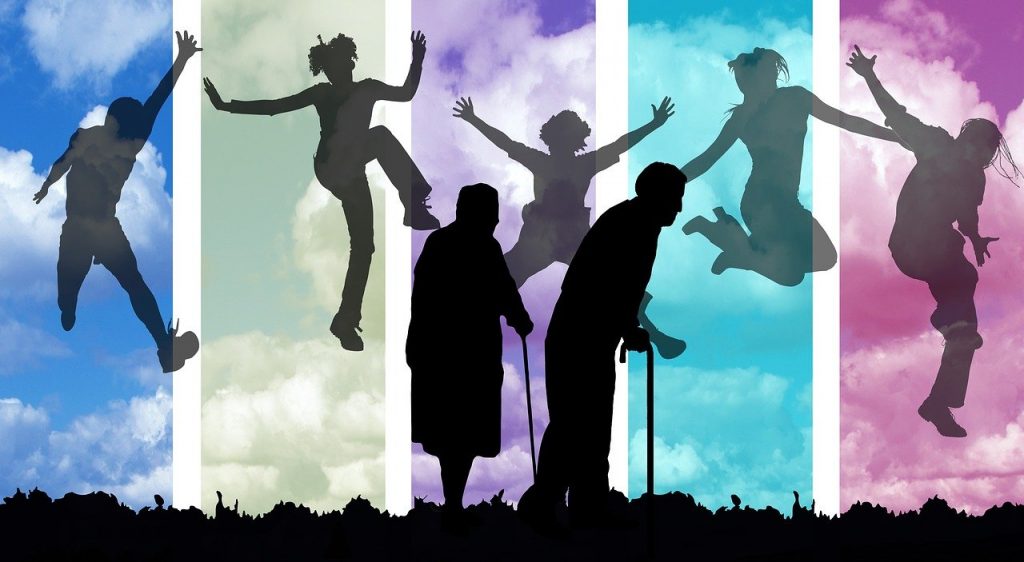
Beyond being similar in age, each of these generations was uniquely shaped by different political, economic, social, and civic events. As a result, each generation is stereotyped as holding specific characteristics. In the workplace, age bias stings in both directions. Older generations are often quick to judge and label younger works as “impatient” and “entitled” without acknowledging that they have grown up in a world of rapid change and technological advancements that have shaped their priorities differently. The younger generations are often quick to judge older individuals as being “out of touch,” less creative, and “techno-ignorant” without acknowledging or valuing their experience, judgment, and work ethic.
And then there’s the fact that none of these stereotypes are true for every person within a generation. “One of the great challenges in life is knowing enough to think you’re right but not enough to know you’re wrong.” Thank you, Neil deGrasse Tyson, for those words of wisdom. There is always more to the story. Whether or not we make the time to listen is a key to disrupting the generational stereotypes.
Age bias perpetuates inequity.
Compared to issues of racial, ethnic, class, sexual, or gender orientation, age bias may seem insignificant. But it’s not. The truth is, when we buy into the idea that to be “older” is to be less valuable – in society or in the workplace – we are perpetuating stereotypes that diminish the many layers and qualities of a person. In doing this, consciously or unconsciously, we marginalize and disempower people. Yes, age bias perpetuates inequity.
Stop and examine the photo below. Ask yourself, who is the founder of this fictitious company?
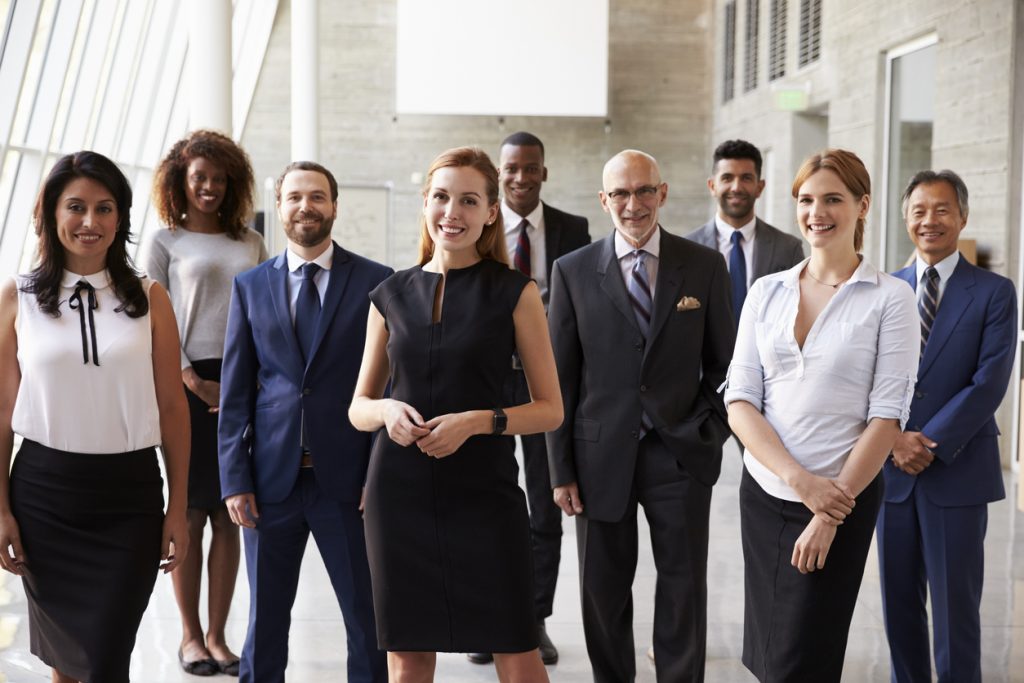
Do you automatically assume it’s the woman because she is front and center? Or is it the older, white man? Perhaps it’s the younger black man in the center back row? Or someone else? There is no way for you to answer the question without associating a perceived age with your decision.
To end age bias, we have to face it.
Our brains are hard-wired for bias, causing us to make snap-shot assumptions and judgments about others and pushing us to stereotype someone in an instant. Age Bias is no exception.
Self-reflection is a critical first step in exploring, addressing, and ultimately changing how age bias impacts us and those around us. Think for a moment: What age biases do you hold? How is it showing up in your life?
Age bias often determines and limits who we interact with and how we interact with them, and limits our ability to see and experience the full spectrum of talents and abilities that someone carries. Sometimes just seeking out someone that is not within your same age range and attempting to relate, invite to lunch, or simply share a story, generates enough common ground to disrupt the age bias that may be present.
Addressing Age Bias in Your Workplace Reaps Big Rewards.
Addressing and working to end age bias in the workplace delivers tremendous benefits for your company: A more inclusive, multigenerational work environment attracts a more diverse talent pool, stronger teams, and a sharper competitive edge. Equally as important, this work allows you to develop a stronger understanding of yourself and of each other, no matter what age.
To learn how we are empowering inclusive leaders to tackle age bias (and all types of bias) through a proprietary self-reflective approach, contact us.
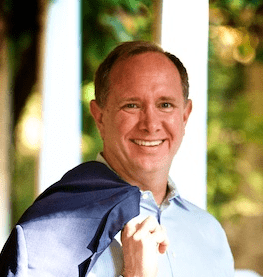
Percipio Company is led by Matthew Cahill. His deep expertise in cognitive, social, and workplace biases is rooted in the belief that if you have a brain, you have bias®. He works with executives to reduce mental mistakes, strengthen workplace relationships & disrupt existing bias within current HR processes, meeting protocols and corporate policies. Matthew has demonstrated success with large clients like LinkedIn, Salesforce and dozens of small to mid-size companies looking to create more inclusive workplaces, work smarter, generate more revenue and move from bias to belonging®.

